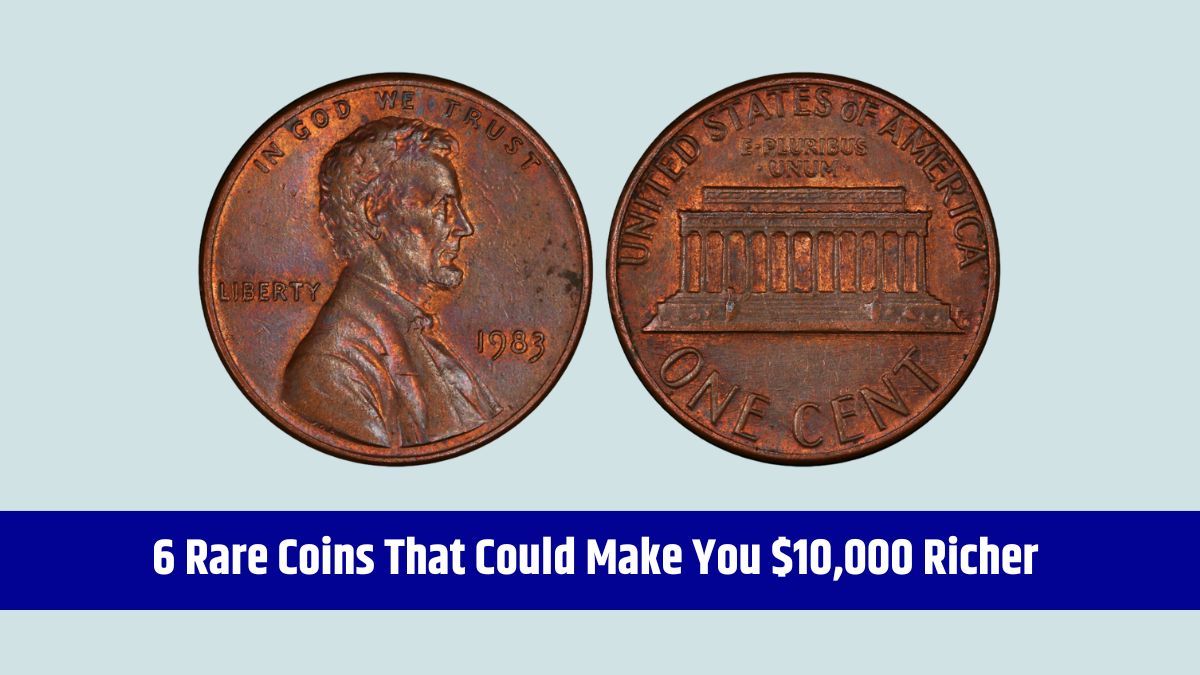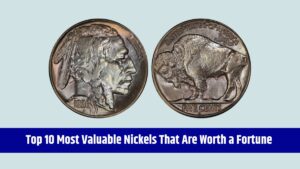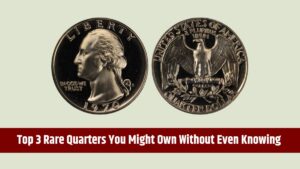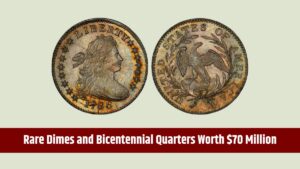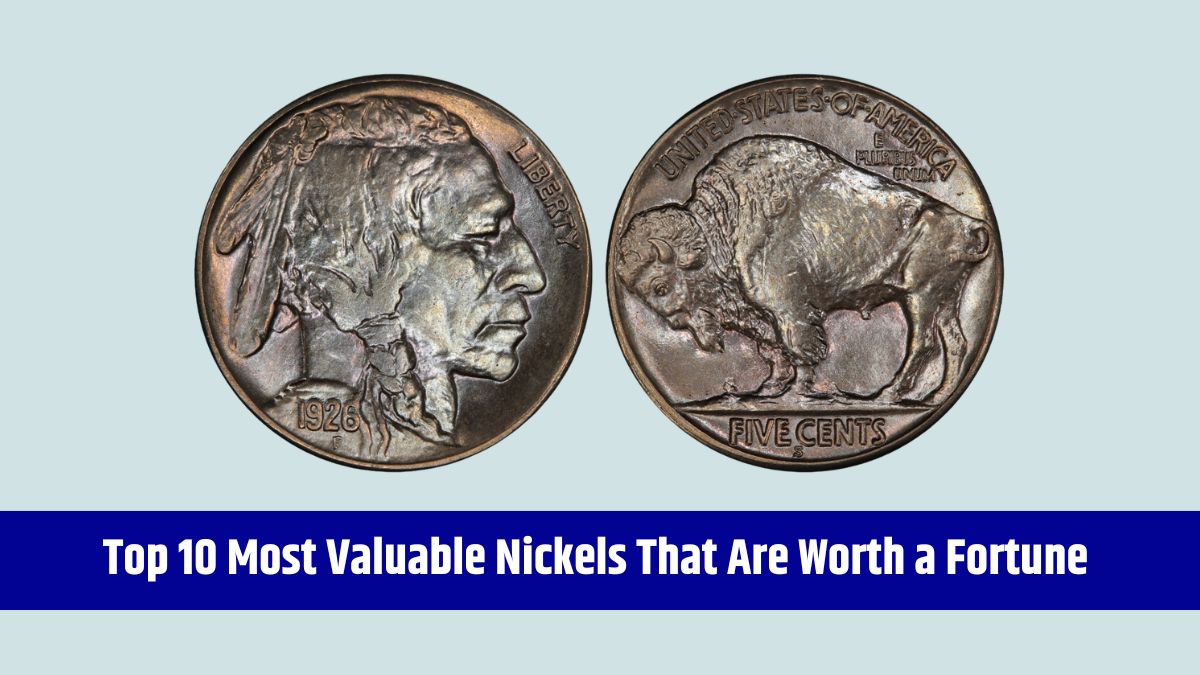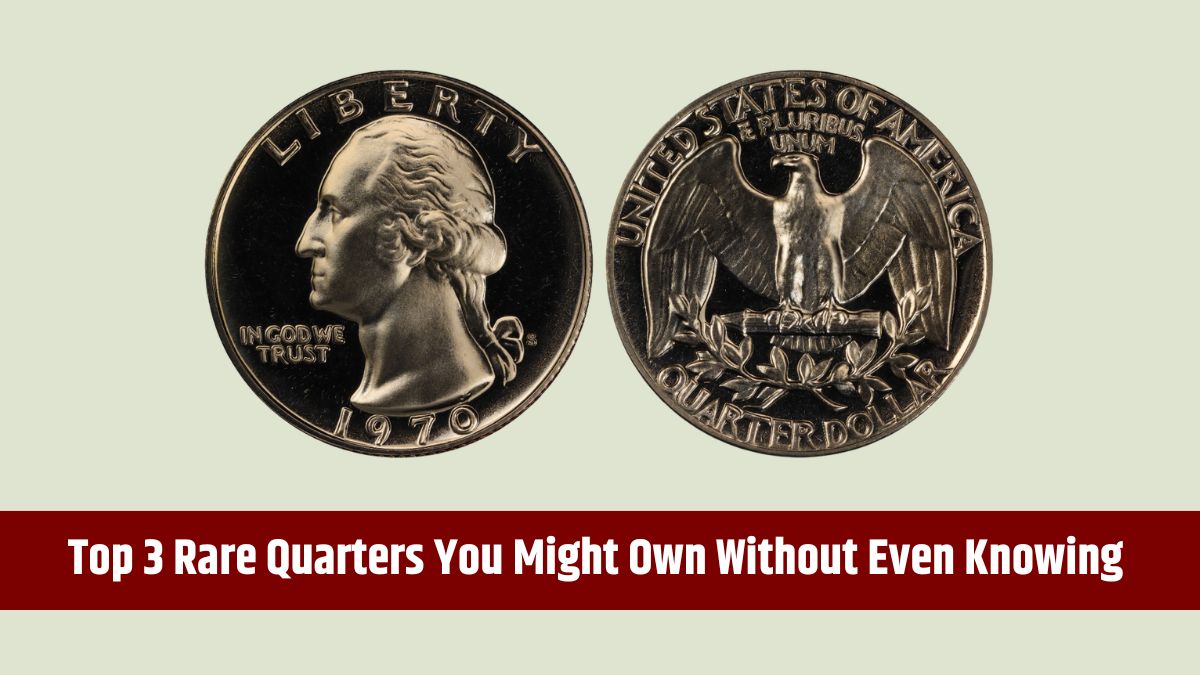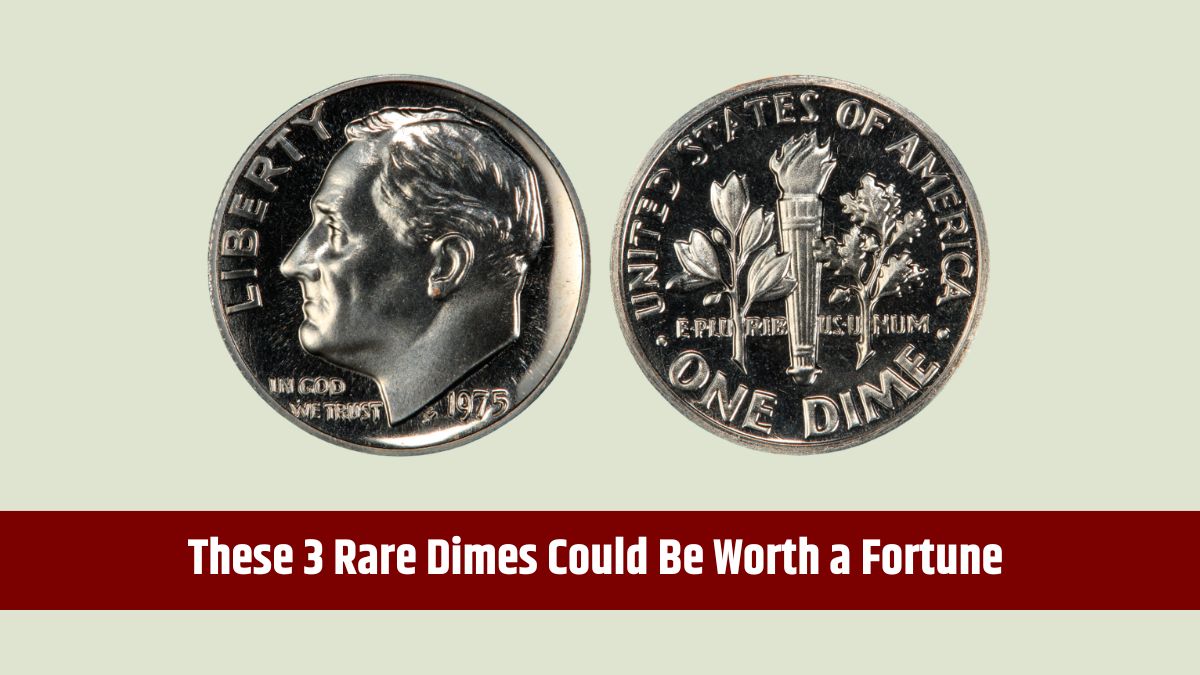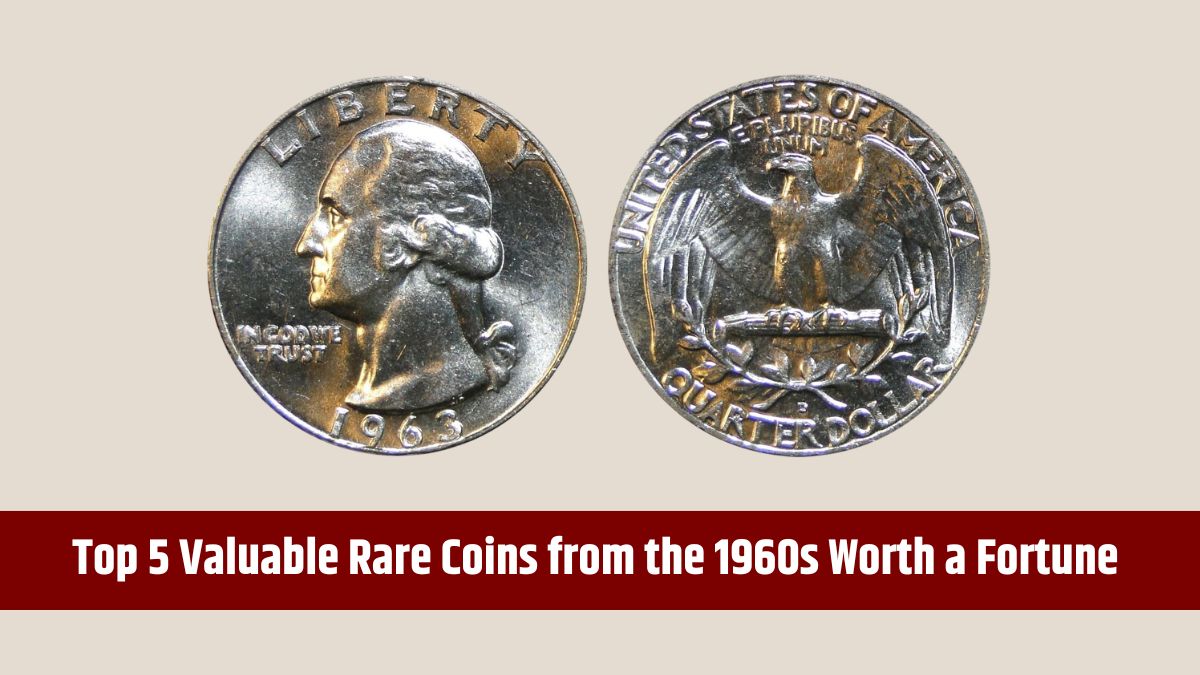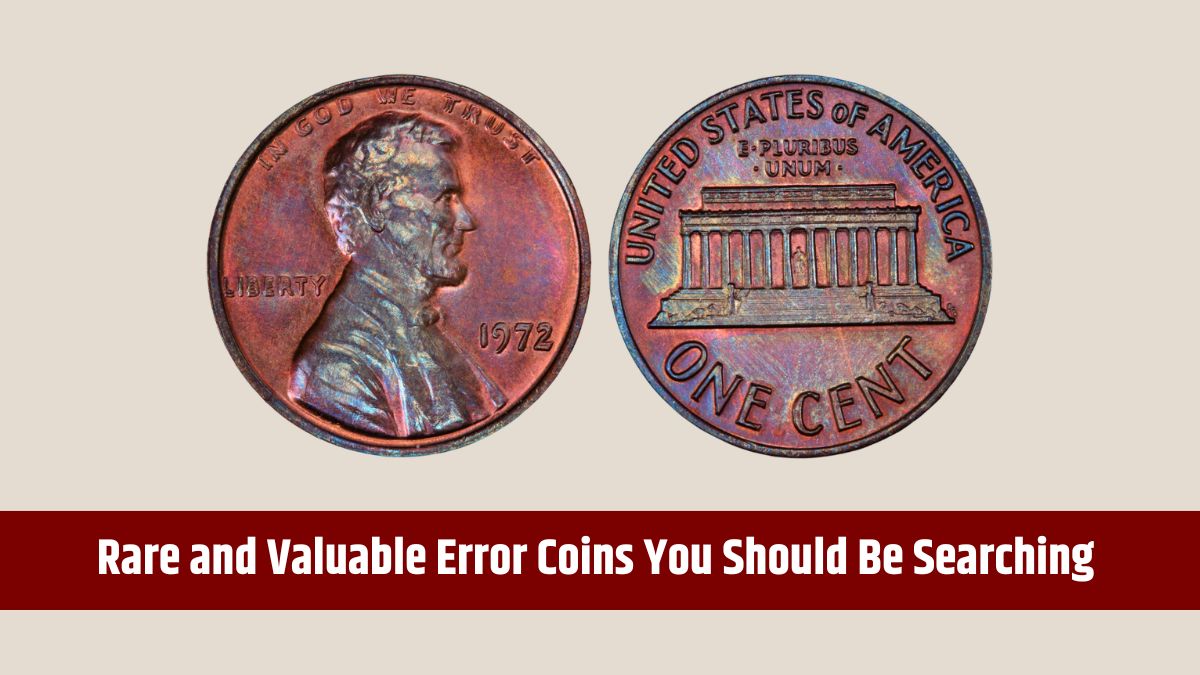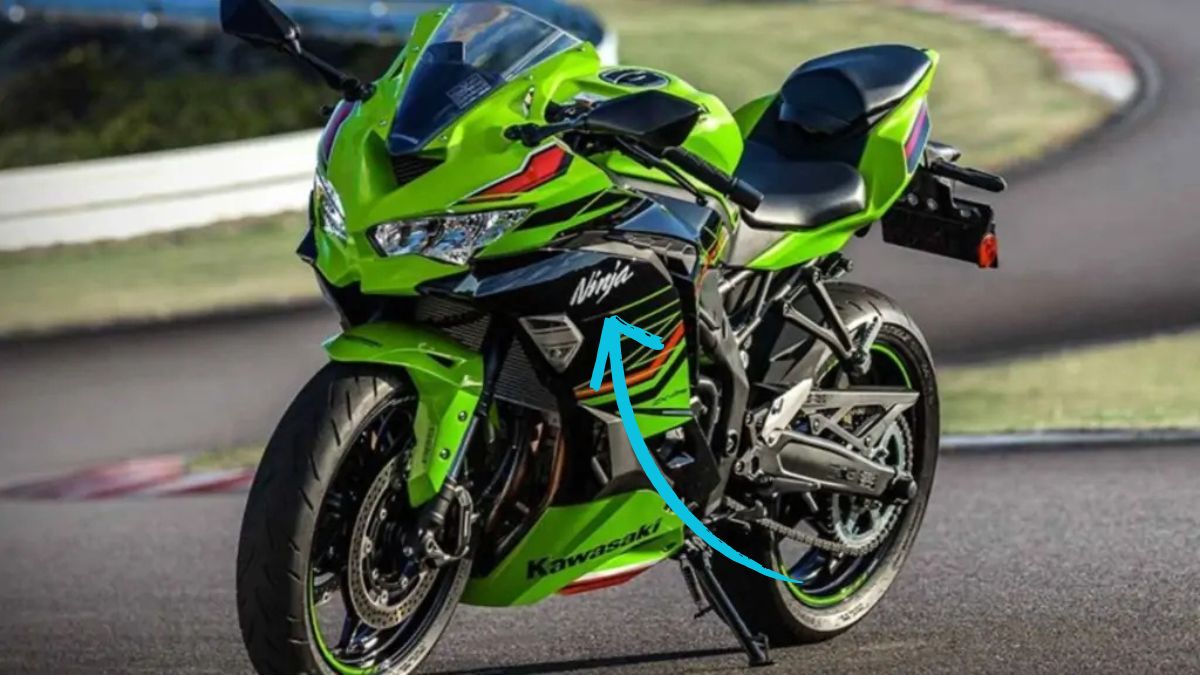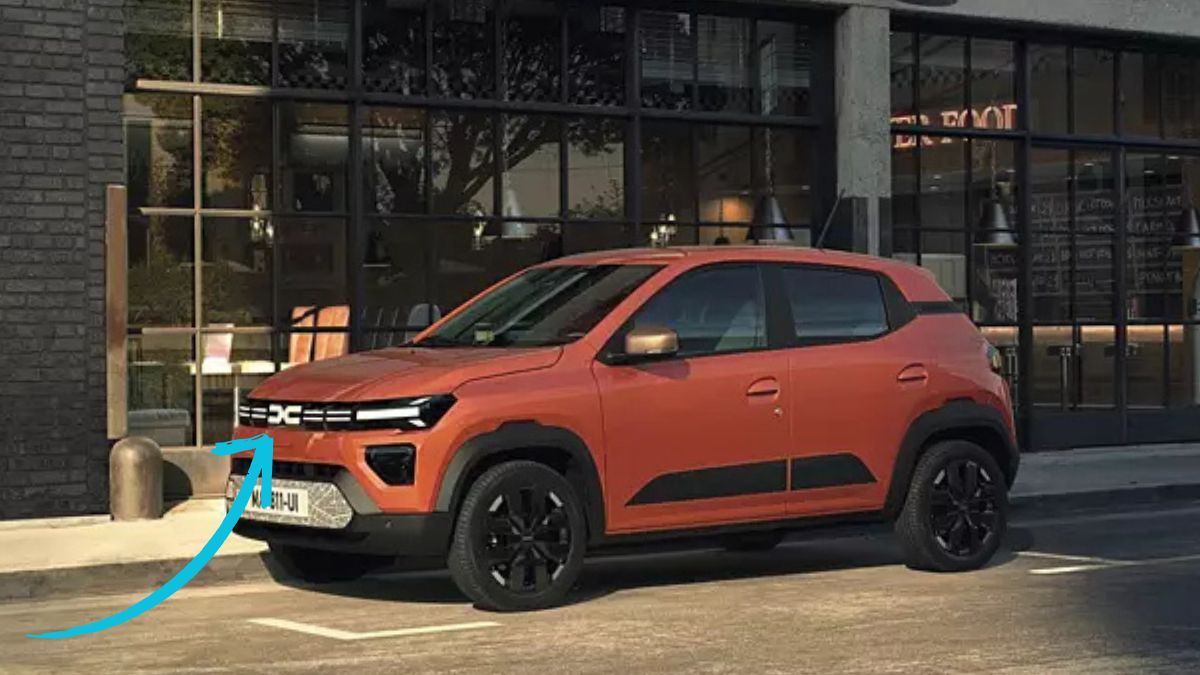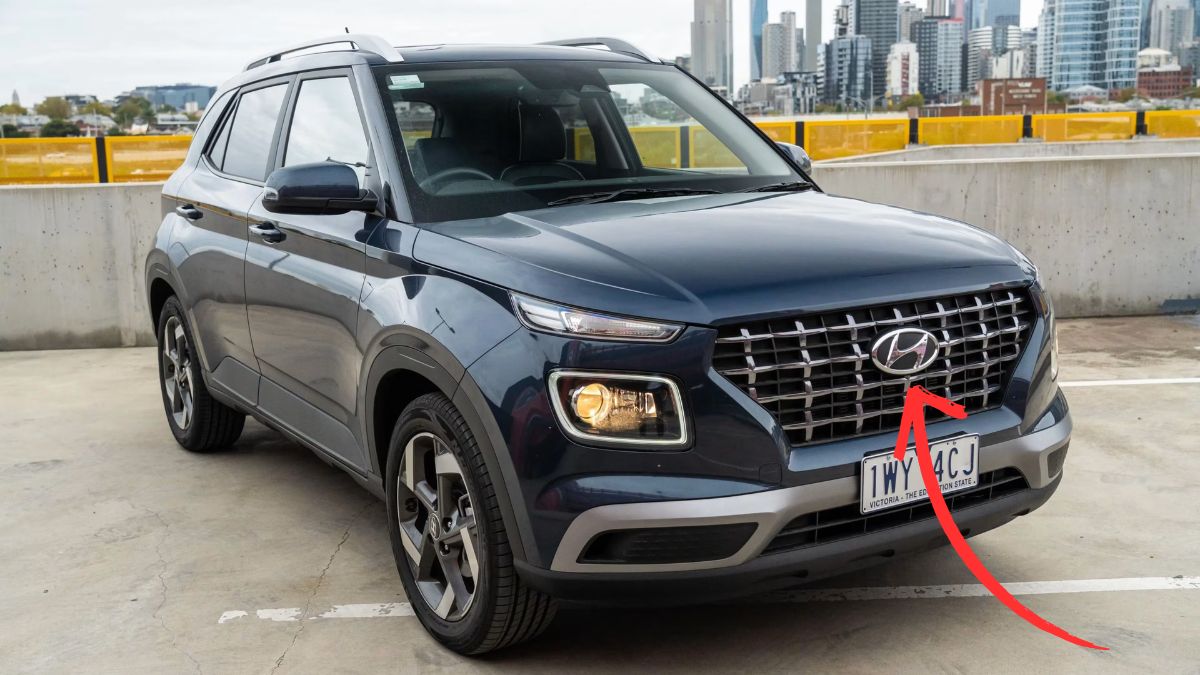Every coin collector dreams of finding a hidden treasure in their loose change. While most pennies are worth just one cent, some rare varieties can fetch thousands or even hundreds of thousands of dollars. From wartime errors to minting mistakes, certain pennies have become legendary in the numismatic world. Let’s look into six rare pennies that could be worth $10,000 or more, along with tips on how to identify these valuable coins.
Table of Contents
1943 Copper
One of the most valuable and well-known error coins is the 1943 Copper Lincoln Wheat Penny.
During World War II, the U.S. Mint switched to steel pennies coated with zinc to conserve copper for the war effort. However, a few leftover copper blanks from 1942 were accidentally used in 1943, creating one of the most valuable pennies in existence.
| Coin | Mint Mark | Estimated Value |
|---|---|---|
| 1943 Copper Penny | No mint mark, “D” (Denver), or “S” (San Francisco) | $10,000 – $100,000+ |
How to Identify It
- Magnet Test: If your 1943 penny sticks to a magnet, it’s steel and worth very little. If it doesn’t stick, you may have struck gold—or rather, copper!
1955 Doubled Die
The 1955 Doubled Die Lincoln Cent is one of the most famous minting errors in U.S. history.
This coin features dramatic doubling of the text on the front, especially in “IN GOD WE TRUST” and “LIBERTY”. The error is so distinct that it is visible to the naked eye, making it one of the easiest valuable pennies to spot.
| Coin | Mint Mark | Estimated Value |
|---|---|---|
| 1955 Doubled Die Penny | No mint mark | $1,000 – $10,000+ |
How to Identify It
- Look for obvious doubling in the letters on the front of the coin.
- Uncirculated versions can fetch over $10,000.
1983 Doubled Die Reverse
The 1983 Doubled Die Reverse Penny is a valuable error coin from the transition period when pennies shifted from copper to zinc.
Unlike other doubled die errors that appear on the front of the coin, this one shows clear doubling on the reverse, especially in “ONE CENT” and “UNITED STATES OF AMERICA”.
| Coin | Mint Mark | Estimated Value |
|---|---|---|
| 1983 Doubled Die Reverse Penny | No mint mark | Up to $15,000 |
How to Identify It
- Check for doubling on the reverse of the coin.
- A genuine 1983 zinc penny should weigh 2.5 grams.
1969-S Doubled Die
The 1969-S Doubled Die Lincoln Cent is one of the rarest and most valuable error pennies ever produced.
With its San Francisco mint mark (“S”) and prominent doubling on the obverse, this coin is highly sought after by collectors.
| Coin | Mint Mark | Estimated Value |
|---|---|---|
| 1969-S Doubled Die Penny | “S” (San Francisco) | $10,000 – $70,000+ |
How to Identify It
- Look for doubling in “IN GOD WE TRUST” and “LIBERTY”.
- Counterfeits exist, so authentication by a professional coin grading service is recommended.
1972 Doubled Die
Another valuable doubled die penny is the 1972 Lincoln Cent, which features clear doubling on the obverse.
Although not as rare as the 1955 or 1969-S versions, it can still be worth over $10,000 in pristine condition.
| Coin | Mint Mark | Estimated Value |
|---|---|---|
| 1972 Doubled Die Penny | No mint mark | Up to $10,000 |
How to Identify It
- Look for doubling in “LIBERTY” and “IN GOD WE TRUST”.
- Even circulated examples can be worth hundreds of dollars.
1982-D Small Date Copper
The 1982-D Small Date Copper Penny is an accidental rarity caused by the U.S. Mint’s transition from copper to zinc pennies.
In 1982, the U.S. Mint switched penny production from 95% copper to zinc with a thin copper coating. However, a few 1982-D Small Date pennies were mistakenly struck on copper planchets instead of zinc, making them incredibly valuable.
| Coin | Mint Mark | Estimated Value |
|---|---|---|
| 1982-D Small Date Copper Penny | “D” (Denver) | Over $10,000 |
How to Identify It
- Weigh the coin: A genuine copper penny weighs 3.1 grams, while a zinc penny weighs 2.5 grams.
- Look for the small date design, which has thinner numerals than the large date version.
How to Identify Valuable Pennies
To determine if you have one of these valuable pennies, follow these simple steps:
- Check the date and mint mark – Some coins have specific errors linked to certain years and mints.
- Look for minting errors – Doubling, missing mint marks, or unusual designs can indicate value.
- Use a scale – Some rare pennies are identified by their weight, such as the 1982-D Small Date Copper Penny.
- Use a magnet – A 1943 copper penny will not stick to a magnet, while a steel penny will.
- Consult a coin expert – If you think you have a valuable penny, have it authenticated by a professional grading service.
These rare pennies prove that even small coins can be worth a fortune. Whether found in an old collection, a coin roll, or even in pocket change, these errors and rarities continue to fascinate collectors worldwide. Keep an eye out—you might just observe a hidden treasure worth thousands of dollars!
FAQs
Why is the 1943 Copper Penny valuable?
It was mistakenly struck on a copper planchet instead of steel during World War II.
How can I tell if I have a 1955 Doubled Die Penny?
Look for clear doubling in ‘IN GOD WE TRUST’ and ‘LIBERTY’ on the front of the coin.
What makes the 1969-S Doubled Die Penny rare?
It has distinct doubling and was minted in small numbers at the San Francisco Mint.
How do I check if I have a valuable 1982-D Small Date Penny?
Weigh the coin—a genuine copper version should weigh 3.1 grams.
What is the most valuable penny ever sold?
A 1943 Bronze Lincoln Wheat Penny sold for over $1.7 million.

